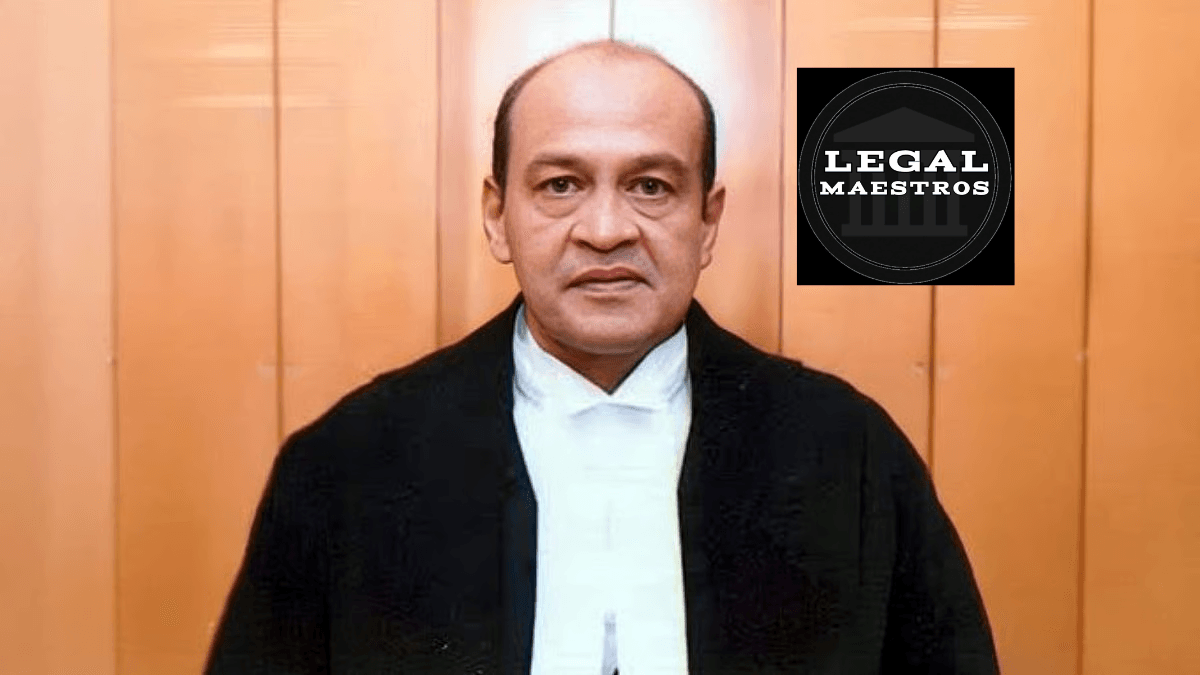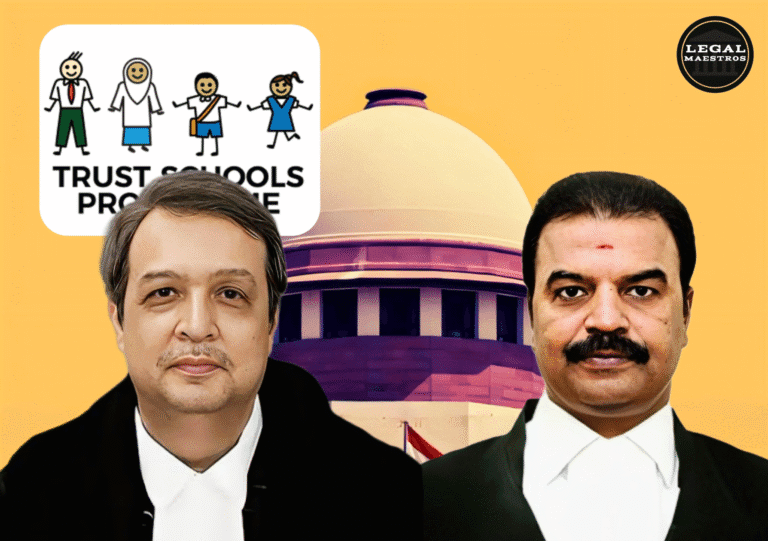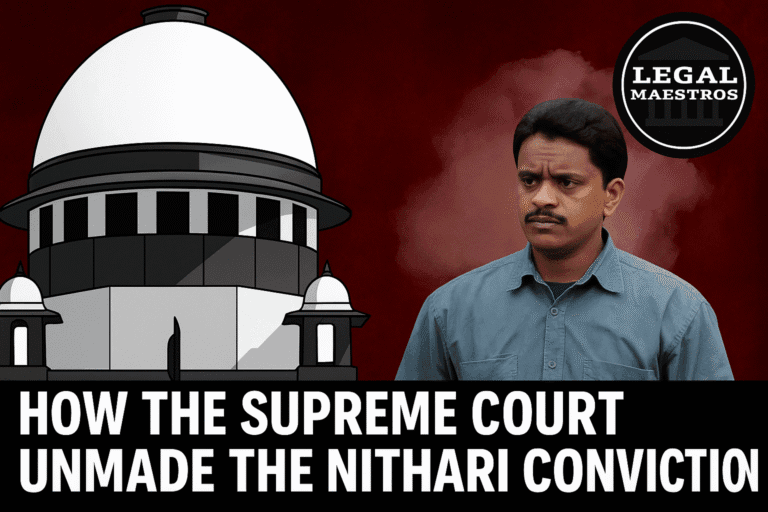
Upholding Judicial Integrity: A Comprehensive Inquiry into the Justice Varma Report
In the beginning: In response to allegations made against Justice Yashwant Varma, the Chief Justice of India initiated an investigation. The investigation into whether or not Justice Varma violated the “Restatement of Values of Judicial Life” was conducted in the report that was dated May 3, 2025.
A committee consisting of three individuals investigated the evidence of a fire that occurred in the official bungalow store room of Justice Varma. The occurrence of this problem took place on the evening of March 14-15, 2025.
There have been reports of large quantities of high-denomination cash being partially burned and then removed later thereafter. The committee arrived at significant conclusions on his honesty after considering the statements of witnesses, the findings of electronic forensics, and the explanations provided by Justice Varma.
For any queries or to publish an article or post or advertisement on our platform, do call at +91 6377460764 or email us at contact@legalmaestros.com.
For More Updates & Regular Notes Join Our Whats App Group (https://chat.whatsapp.com/DkucckgAEJbCtXwXr2yIt0) and Telegram Group ( https://t.me/legalmaestroeducators )
In accordance with the Constitution and the mandate of the Committee, an inquiry committee was established on February 23, 2025 by the Chief Justice of India. Justice Anu Sivaraman was a member of the panel, which was presided over by Justice G.S.
Sandhawalia of the Punjab and Haryana High Court. It was the responsibility of the committee to determine whether or not Justice Varma’s acts constituted “misconduct so serious as to call for initiation of proceedings for removal” in accordance with the in-house procedure that was implemented by the Supreme Court in 1999. Following the receipt of information of “four or five half-burnt sacks” of cash discovered during firefighting at Justice Varma’s residence, the Chief Justice of the Delhi High Court issued this mandate.
For any queries or to publish an article or post or advertisement on our platform, do call at +91 6377460764 or email us at contact@legalmaestros.com.
A Framing of the Problems: The committee, which was led by the Chief Justice of India, brought three important questions before Justice Varma, which are as follows:
The existence of money in the storage room is something that he explains in what way?
Where does this cash come from at its origin?
For any queries or to publish an article or post or advertisement on our platform, do call at +91 6377460764 or email us at contact@legalmaestros.com.
Who dismantled the cash that had been burned on March 15th, 2025?
In order to address the first issue, the committee broke it into three parts: a. Was it discovered that the cash had been burned in the storage room? What was the location of that storage room within the premises that Justice Varma controlled? c. Is it possible or plausible for Justice Varma to justify its presence?
Procedures and the Accumulation of Evidence In order to protect natural justice, the committee called fifty-five witnesses over the course of eight sessions, which lasted from March 25th to April 27th, 2025. This comprised members of the fire service, officials of the Delhi Police, guards from the Central Reserve Police Force, domestic staff members of Justice Varma, and Justice Varma himself. Immediate after the incident, as well as on March 25th, they conducted two separate inspections of the cottage. The committee took mobile phones and CCTV gear for the purpose of conducting a forensic investigation. Chandigarh’s Central Force Security Service (CFSL) has authenticated video and photographic evidence from a variety of sources.
For any queries or to publish an article or post or advertisement on our platform, do call at +91 6377460764 or email us at contact@legalmaestros.com.
Presence of Burnt Currency is the First Important Finding: There were ten witnesses who testified that bundles of ₹500 notes that had been partially burned were dispersed throughout the floor of the store room. “Notes of ₹500 denomination…were singed by fire and also got wet…we pulled them down…to reduce the heat,” according to Station Officer Manoj Mehlawat, who made the observation. Additionally, Fire Officer Pradeep Kumar and Assistant Divisional Officer Suman Kumar both confirmed that they had seen “large piles” of notes of this nature. Photographs and videos were taken by witnesses who were police officers. This evidence was deemed indisputable by the committee, which demonstrated the existence of the cash.
The Second Most Important Finding: Location Within the Controlled Premises: Justice Varma asserted that the storage space was located outside of his living area and was open to anybody who wanted to enter. Witness statements and site inspections, on the other hand, demonstrated that access was “within the covert or active control of Justice Varma and his family members.” The outhouse was denoted by a boundary wall, which was supervised by both workers and CCTV. Despite the fact that the store room was located a considerable distance from Justice Varma’s dwelling, the committee came to the conclusion that he was nonetheless responsible for the contents of the room.
Failure to Account for Currency is Discovered as the Third Key Finding: After establishing that the cash was present, Justice Varma was required to produce an explanation that was likely to be accepted. He disputed ownership in his response dated 22 March 2025 as well as in a thorough affidavit that was 101 pages long and dated 30 April. Even though there was no proof to support his assertion, he asserted that neither he nor his staff had ever seen the cash. This denial was deemed insufficient by the committee since he could not provide evidence that there was planting or identify the true owner of the bags. As a result, the committee was unable to determine the origin of the cash.
For any queries or to publish an article or post or advertisement on our platform, do call at +91 6377460764 or email us at contact@legalmaestros.com.
The Removal of Burnt Cash by Trusted Staff is the Fourth Important Finding: A number of witnesses and pieces of evidence demonstrated that the cash was stolen by two of Justice Varma’s trusted assistants, namely Private Secretary Rajinder Singh Karki and valet Mohammad Rahil. On March 15, this took place after the firefighters and police had left the scene at about one in the morning. In contrast to Karki’s assertions that he was away, CRPF guards reported witnessing staff members “supervising the cleaning” of rubbish and money under his instruction. There is substantial evidence that these staff members acted on Justice Varma’s directions or with his permission, according to the committee’s findings.
The committee also looked at Justice Varma’s behavior following the event, determining whether or not it was in accordance with judicial values and evaluating the defense’s character. After receiving the proposal on March 20th, he took the opportunity to accept his transfer to the Allahabad High Court without any sort of reluctance. A judge who is conscious of the public’s respect would have been expected to seek clarifications or retain CCTV data; yet, he did neither of these things. It was only after he had lost access to film that he began to doubt the sealing of DVRs. Given the vast amount of time available to gather evidence, the committee did not find this defense to be credible.
Probity and the “Restatement of Values of Judicial Life”: The committee based its moral and legal standards on the 1997 Restatement, which stipulates that the “basic eligibility criteria” for judicial office is the ability to demonstrate that this individual is honest and trustworthy. Speculative investments, fundraising, and behavior that is “unbecoming of the high office” are all prohibited by this law. Because Justice Varma did not provide an explanation for the cash and because he had a part in its removal, his impartiality, honesty, and public trust were all damaged.
For any queries or to publish an article or post or advertisement on our platform, do call at +91 6377460764 or email us at contact@legalmaestros.com.
Conclusion and Recommendation: Following the triage method that was implemented within the organization, the committee came to the conclusion that:
The charges that have been made against Justice Varma include a substantial amount of substance.
In accordance with Article 124(4) of the Constitution, the misbehavior that has been discovered is of such a serious nature that it justifies the beginning of removal procedures.
For any queries or to publish an article or post or advertisement on our platform, do call at +91 6377460764 or email us at contact@legalmaestros.com.
The report that the committee had been working on was handed over to the Chief Justice of India on May 3, 2025. In front of the Supreme Court Collegium, it is recommended that formal removal procedures be initiated against Justice Yashwant Varma. If a judge were to be removed from their position as a consequence of a violation of judicial standards, this would be a very exceptional scenario. The results of this significant study shed light on the commitment of the judicial system to self-regulation and to maintaining public trust in its highest positions through the use of transparency.






![Research Assistantship @ Sahibnoor Singh Sindhu, [Remote; Stipend of Rs. 7.5k; Dec 2025 & Jan 2026]: Apply by Nov 14, 2025!](https://legalmaestros.com/wp-content/uploads/2025/11/Gemini_Generated_Image_s0k4u6s0k4u6s0k4-768x707.png)
![Karanjawala & Co Hiring Freshers for Legal Counsel [Immediate Joining; Full Time Position in Delhi]: Apply Now!](https://legalmaestros.com/wp-content/uploads/2025/11/Gemini_Generated_Image_52f8mg52f8mg52f8-768x711.png)